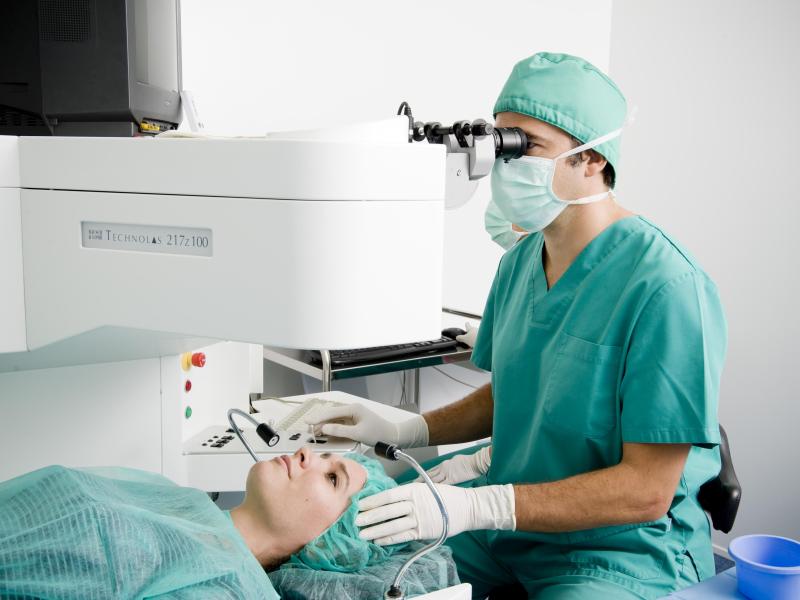Hemeralopia: What is it?
Hemeralopia, also known as night blindness, is a retinal disorder that makes night vision impossible or very difficult. The subjects concerned have difficulty adapting their vision too dark to very bright environments and vice versa, while their daytime vision is normal.
Foremost, it is necessary to clarify that night blindness should not be confused with the so-called night myopia. On the other hand, nocturnal myopia affects young people more. It is caused by dilation of the pupils, with difficulty seeing in low light environments.
Types of night blindness
The causes of hemeralopia can be of different origins and natures.
Congenital hemeralopia
We talk about congenital hemeralopia or congenital stationary night blindness when the pathology is hereditary and due to a functional deficit related to the rods, which are the photoreceptors of the retina responsible for night vision. As its name suggests, this type of disturbance is stationary, that is to say, non-transient. Congenital hemeralopia is listed among rare eye diseases and today has no known cure, and the only partial solution is to correct the associated visual defects.
Hemeralopia acquired
Acquired night blindness is caused by other disorders and conditions.
Among the most common causes of acquired hemeralopia is vitamin A deficiency, night blindness during pregnancy, and retinitis pigmentosa.
Night blindness and eye diseases
In other cases, night blindness may be a symptom of other diseases, such as cataracts, age-related macular degeneration, glaucoma, retinitis pigmentosa, optic neuritis, diabetic retinopathy, retinoblastoma, liver disease, thyrotoxicosis, myopia, and Refsum disease.
Symptoms of night blindness
Hemeralopia can affect the elderly as well as children, since it is genetically transmitted. It is manifested by poor vision in the event of a lack of light.
Night blindness presents an obstacle when driving at night. The latter reveals a challenge due to the spasmodic presence of headlights on the road.
Night blindness diagnosis
Nocturnal hemeralopia is diagnosed by:
- Electroretinogram from which it is easily possible to deduce the presence of retinal dysfunctions.
- Blood tests, which reveal the possibility of glucose and vitamin A deficiencies.
Hemeralopia treatment
Depending on the type and origin of the causes that led to Hemeralopia problems, different treatments can be identified:
- The use of corrective lenses properly prescribed by an ophthalmology specialist for cases of myopia. These are the glasses with yellow lenses prescribed by the ophthalmologist to make the light contrasts clearer, which makes night driving and night vision in general possible for daylilies.
- A healthy diet and the use of dietary supplements for glucose and vitamin A deficiencies.
Nocturnal hemeralopia Prevention
Adopting good habits and a healthy lifestyle can be essential to prevent the harmful conditions of nocturnal hemeralopia, note in this regard:
- Regular blood tests to constantly monitor blood sugar levels.
- A healthy and balanced diet, promoting a diet rich in vitamins and antioxidants.
- Use of sun lenses or a hat with a visor to protect the eyes and reduce trauma when moving from a very bright environment to a dimly lit environment.
In the case of congenital hemeralopia, unfortunately, there is currently no remedy capable of solving this pathology. Nevertheless, with these simple precautions, it is still possible to slow the progression of the disease.
Driving at night is not recommended for individuals with diagnosed hemeralopia.






